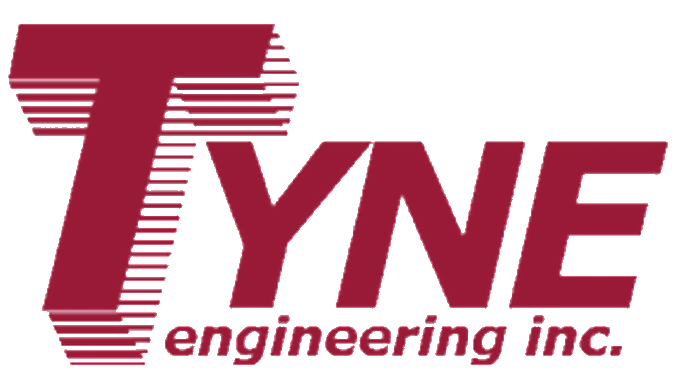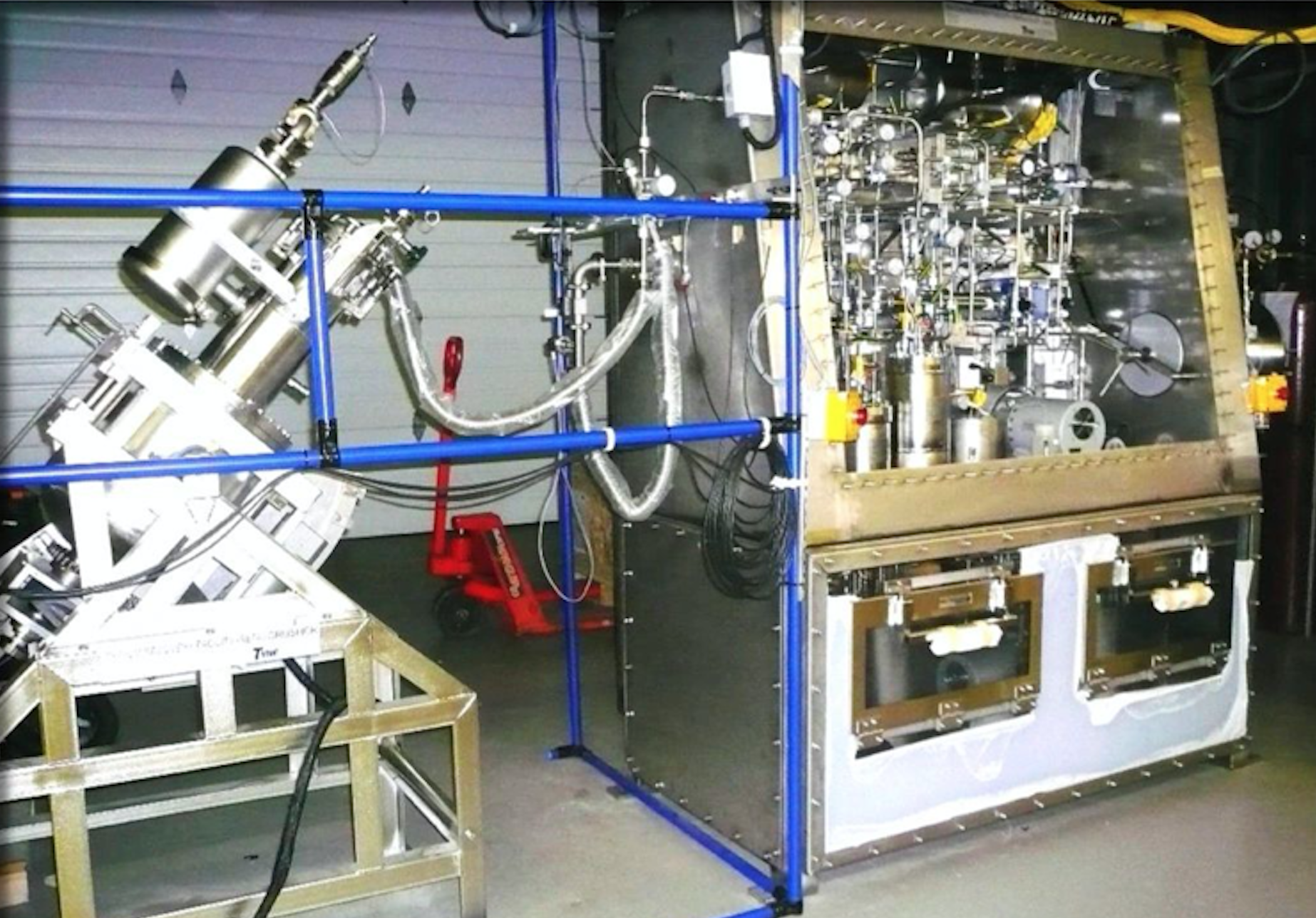
Tritium lights crusher and removal technology
Model: 7035-GLASC-001
Tyne designs and builds custom tritium lights crusher and tritium removal technology specifically for facilities or tritium laboratories wishing to remove tritium from glass tubes or small metal or ceramic components.
- Crushes glass bulbs from tritium light industry to expose internal surface and remove tritium from glass.
- Removes tritium from the waste glass or from small metal specimens.
- Places the tritium safely on getter beds for future use or permanent storage.
- Reduces radioactive material storage costs.
- Serves important miscellaneous uses for the tritium laboratory.
The equipment comprises two separate units, a glass crusher for tritium light tubes, and a generic tritium removal system. The removal system can be used with the tritium glass crusher, but can also be used with the small furnace supplied on top of this equipment to drive tritium off waste materials.
The glass crusher is a stainless steel vessel, which can be fully evacuated. It contains a carousel which can be loaded with tritium light bulbs from which tritium is to be removed. Once the bulbs have been loaded (glass tubes, of various sizes from 1 inch to 6 inches), they are crushed by rotating the carousel.
There are two modes of operation: removal of tritium from glass by crushing, and removal of tritium from miscellaneous tritiated specimens.
If the glass crusher mode is used, it is assumed that the outside of the glass tubes are clean. The inside of the crusher vessel containing the tubes therefore may be evacuated directly to stack before the tubes are crushed. After crushing, the vessel is flushed with helium to remove the tritium from the glass. The helium is subsequently circulated through a cooler, a cryo-trap, and then through a uranium bed to capture the tritium.
If the high temperature furnace mode is used to remove tritium from specimens, the furnace is evacuated after the specimens are installed but before heating. Since the specimens may contain some free HTO, the exhaust will be passed through a molecular sieve bed to capture tritium before release to stack via the getter bed.
The furnace is then heated with helium circulating through it. The furnace off gas is cooled, passed through a molecular sieve bed and lastly to a uranium bed for tritium storage. Provision can be made to transfer tritium from the uranium bed to a permanent storage bed if required.
The furnace heats the specimen crucible at temperatures up to 750 °C. The vacuum pumping system comprises a Varian SD40 vacuum pump, and a MB 158 helium-circulating pump which is able to operate in a vacuum and is chosen for its reliability.
The equipment can be made to operate automatically, but in most cases a manual switching system is suitable. This incorporates pneumatically operated valves, manually switched via solenoids mounted on a panel. This arrangement keeps the assembly compact, reliable and easy to operate via a mimic diagram mounted on the front of the cabinet. The use of pneumatic valves enables the design to utilize shorter tubing runs and results in lower system inventory.
Please contact us for details.
Leak Tightness
Permeation Control
tritiated atmosphere containment
waste confinement
atmospheric cleanup
ventilation control












